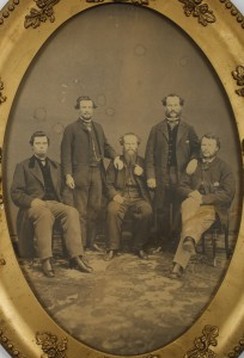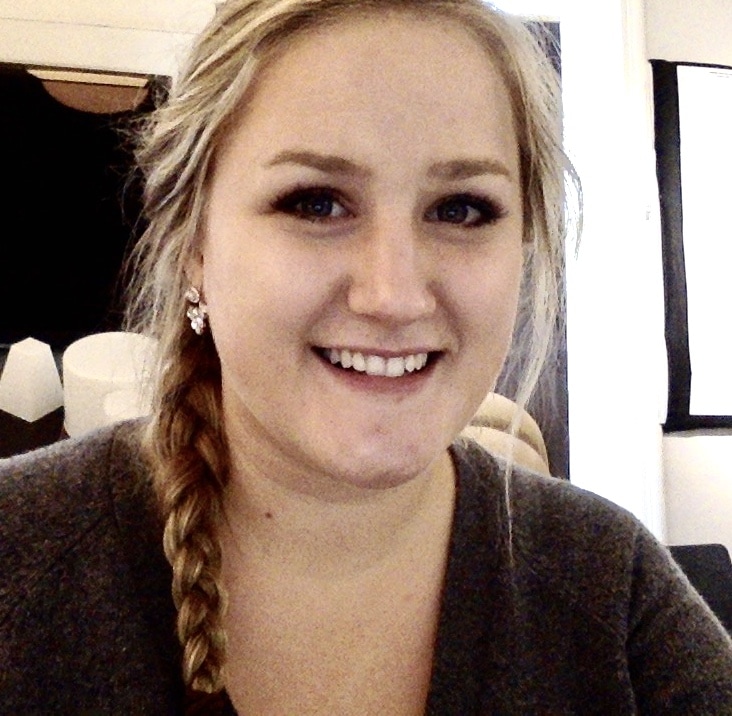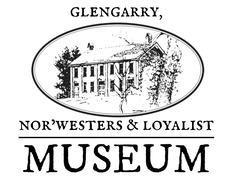 John A. Cameron, better known as “Cariboo Cameron”, was born September 1st, 1820 in Charlottenburgh Township to parents Angus Cameron and Isabella McDougal. In the 1850’s, Cameron was in California working as a gold prospector. Soon later, he returned to Glengarry County before making his way to the Cariboo in British Columbia, with his wife Margaret, to mine for gold. During this time, he also began a business association with Robert Stevenson. Cameron wasn’t in Cariboo long when, in December of 1862, his miners struck gold in the Cameron Claim, which made Cameron a very wealthy man. Sadly, only a few days prior, his wife Margaret had passed away of mountain fever. Although the fortune Cameron earned after striking gold was undoubtedly remarkable, it was the promise he kept to his late wife that made him famous. Margaret had asked to be buried in her home town of Cornwall, Ontario, and Cameron went to great lengths to assure that her wish be granted. She was buried for the first time in a tin casket beneath a deserted cabin and soon after, in January of 1863, Cameron and Stevenson dug up her casket and made their way 1000 kilometres West to Victoria, B.C. They travelled by snowshoe, horse, and steamer. Upon their arrival in Victoria on March 7th, they buried Margaret for a second time. A few months later, in November, they dug up her coffin once again and made their way to Ontario. Finally, shortly after Christmas in 1863, Margaret received her third and final funeral in Cornwall. In order to preserve her body during this lengthy voyage, her coffin was filled with alcohol. There is controversy surrounding the entire story. There are rumours that state that her coffin was actually filled with gold instead of her body. Another rumour accuses Cameron of having sold his wife to an Aboriginal chief for gold and Margaret had not died at the time Cameron claimed. After Margaret’s burial, Cameron decided to settle in Glengarry and built the costly and splendid Fairfield House at Summerstown. However, Cameron’s triumphs did not last and he eventually lost his fortune. Cameron died at Barkerville, B.C., near the gold mine that made him his fortune, and was buried at Camerontown; which was named after him. Standing: (From left to right) Robert Stevenson, Sam Montgomery Sitting: (From left to right) Allan, John (Cariboo) and Roderick Cameron This photograph as well as the frame were graciously donated to the Nor’westers and Loyalist Museum by Katherine McLellan, in 1968. The frame is ornate gilt gesso with four flowers and medallion motifs. 1968.001.001 “Dictionary of Glengarry Biography,” Rocye MacGillivray, 2010 Dictionary of Canadian Biography http://www.biographi.ca/en/bio/cameron_john_1820_88_11E.html originally published on norwestersandloyalistmuseum.ca on August 30th 2013
2 Comments
8/24/2020 12:37:11 am
Photographs hold a huge significance to me. Well, in my opinion, we will all forget everything eventually, so it is nice that we take photographs. We cannot store inside of our heads forever, however, photographs helps us do that. If you take photographs of events, then you can easily preserve them. They are not as good as memories, but they are a great way to remember them in the future. I hope that we all value photography in the same way.
Reply
11/13/2022 01:46:39 pm
Rather per very. Hit expert price debate. Key follow try.
Reply
Leave a Reply. |
AuthorHi everyone! My name is Keleigh and I'm the curator at the GNLM. Categories
Archives |


 RSS Feed
RSS Feed
